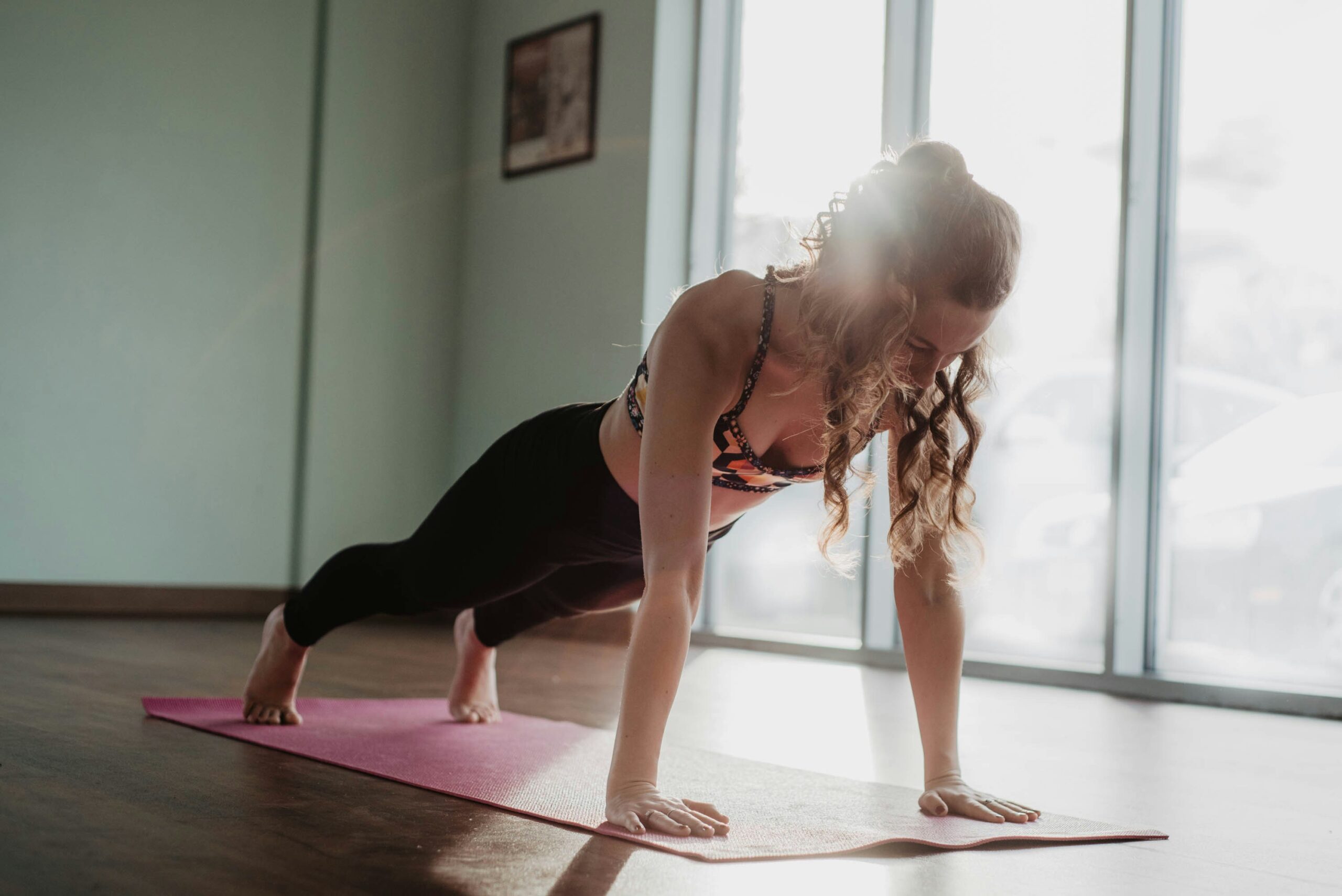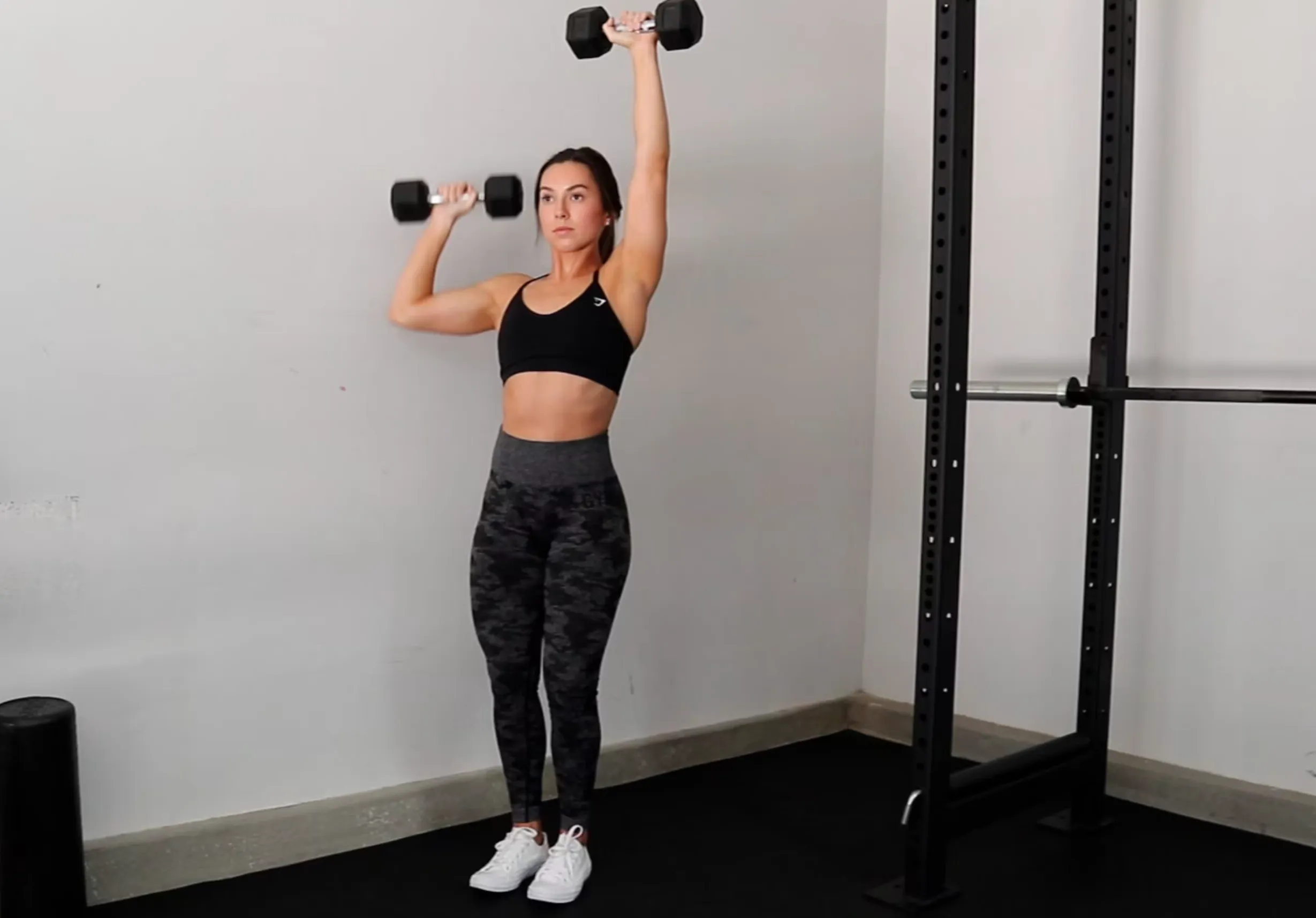Isometric exercises are a form of strength training where the muscle length and joint angle do not change during contraction. These exercises are performed in a static position rather than through a range of motion. They are particularly beneficial for building strength, endurance, and muscle stability. Unlike dynamic exercises, isometric exercises involve holding a position for a set amount of time. This form of exercise can be especially useful for rehabilitation, enhancing core strength, and improving overall fitness without putting undue stress on the joints.
Benefits of Isometric Exercises
Isometric exercises offer numerous benefits that make them a valuable addition to any fitness regimen. Firstly, they help improve muscular strength and endurance by targeting specific muscle groups and engaging them continuously. This can lead to significant strength gains, particularly in the core and stabilizing muscles. Secondly, isometric exercises are low-impact, making them suitable for individuals recovering from injuries or those with joint issues. They can be performed almost anywhere, requiring minimal to no equipment, which adds to their convenience. Additionally, isometric exercises can enhance mental focus and concentration as they require maintaining a position and engaging muscles for extended periods.
Best 15 Isometric Exercises
1. Plank
The plank is a foundational Isometric exercise that targets the core, shoulders, and glutes. To perform a plank, lie face down with your forearms on the ground and elbows directly under your shoulders. Push up onto your toes, keeping your body in a straight line from head to heels. Hold this position for as long as possible, aiming to increase your time with each session.

2. Wall Sit
The wall sit is an effective exercise for strengthening the quadriceps, hamstrings, and glutes. Stand with your back against a wall and slide down into a squat position, keeping your thighs parallel to the ground and your knees above your ankles. Hold this position, ensuring your back remains flat against the wall.
3. Glute Bridge Hold
The glute bridge hold targets the glutes, lower back, and core muscles. Lie on your back with your knees bent and feet flat on the floor. Lift your hips towards the ceiling, squeezing your glutes and keeping your shoulders on the ground. Hold this position, maintaining tension in the glutes and core.
4. Hollow Body Hold
This exercise strengthens the core and enhances overall stability. Lie on your back with your arms extended above your head and legs straight. Lift your legs and upper body off the ground, creating a hollow shape with your body. Keep your lower back pressed into the floor and hold the position.

5. Side Plank
The side plank targets the obliques, shoulders, and hips. Lie on your side with your elbow directly under your shoulder. Lift your hips off the ground, creating a straight line from your head to your feet. Hold this position, keeping your core engaged and avoiding any sagging in the hips.
6. Static Lunge
The static lunge is great for the lower body, particularly the quadriceps, hamstrings, and glutes. Step one foot forward into a lunge position, with both knees bent at 90 degrees. Hold this position, ensuring your front knee is directly above your ankle and your back knee hovers just above the ground.
7. Isometric Push-Up Hold
This exercise enhances upper body strength, particularly in the chest, shoulders, and triceps. Get into a push-up position with your hands slightly wider than shoulder-width apart. Lower yourself halfway down and hold the position, keeping your body straight and your core engaged.

8. Isometric Squat Hold
The isometric squat hold targets the quadriceps, hamstrings, and glutes. Stand with your feet shoulder-width apart and lower into a squat position, keeping your thighs parallel to the ground. Hold this position, ensuring your back remains straight and your knees do not extend past your toes.
9. Isometric Bicep Curl Hold
This exercise isolates and strengthens the biceps. Hold a dumbbell or resistance band in each hand with your elbows bent at a 90-degree angle. Keep your upper arms stationary and hold the position, maintaining tension in the biceps.
10. Calf Raise Hold
The calf raise hold targets the calf muscles and improves balance. Stand on the balls of your feet with your heels lifted off the ground. Hold this position, keeping your core engaged and maintaining your balance.
11. Dead Hang
The dead hang is an effective exercise for grip strength and shoulder stability. Hang from a pull-up bar with your arms fully extended and your body relaxed. Hold this position, keeping your shoulders engaged and avoiding any swinging.
12. Shoulder Press Hold
This exercise strengthens the shoulders and upper arms. Hold a pair of dumbbells or a barbell at shoulder height with your elbows bent. Press the weights overhead and hold the position with your arms fully extended.

13. Boat Pose
The boat pose, derived from yoga, targets the core and hip flexors. Sit on the ground with your legs extended in front of you. Lift your legs and upper body off the ground, balancing on your sit bones and creating a V shape with your body. Hold this position, keeping your core engaged.
14. Superman Hold
The superman hold targets the lower back, glutes, and shoulders. Lie face down with your arms extended in front of you and legs straight. Lift your arms, chest, and legs off the ground simultaneously, holding the position and squeezing your glutes and lower back muscles.
15. Isometric Chest Squeeze
This exercise targets the chest and shoulder muscles. Hold a medicine ball or a small exercise ball between your hands at chest height. Squeeze the ball as hard as you can and hold the contraction, maintaining tension in your chest muscles.
Conclusion
Incorporating isometric exercises into your fitness routine can lead to significant improvements in strength, stability, and endurance. These exercises are versatile, requiring minimal equipment and space, making them accessible to everyone. Whether you’re looking to enhance your athletic performance, recover from an injury, or simply improve your overall fitness, isometric exercises offer a practical and effective solution. By regularly practicing these exercises, you can build a solid foundation of strength and stability that will benefit your physical health and well-being.
Q: What are the benefits of isometric exercises?
A: Isometric exercises improve muscle strength, endurance, and stability without straining the joints. They are excellent for rehabilitation, and enhancing core strength, and can be done anywhere with minimal equipment.
Q: Can beginners perform isometric exercises?
A: Yes, isometric exercises are suitable for all fitness levels. Beginners can start with shorter hold times and gradually increase the duration as their strength and endurance improve.
Go To Homepage





